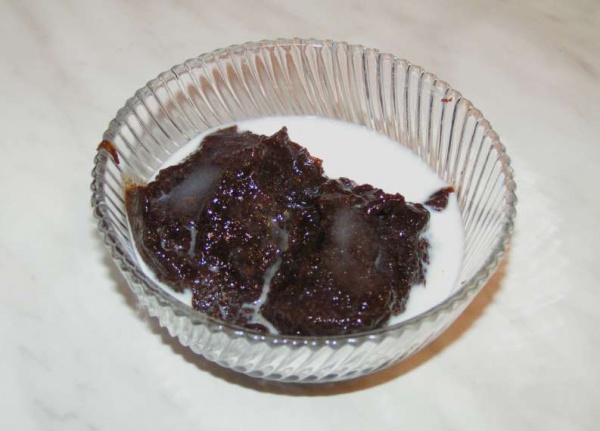Facts About Mämmi
Mämmi, known as "memma" in Swedish, is a cherished Finnish dessert traditionally enjoyed during Easter. This distinctive treat is crafted from a blend of water, rye flour, powdered malted rye, a pinch of salt, and a touch of dried Seville orange zest. After mixing, the mixture is left to naturally sweeten before being baked in an oven until it sets.
The flavor of traditional mämmi is unique and not overly sweet, although commercial versions sometimes have added sugar. Despite its subtle sweetness, mämmi is rich in protein and packed with trace elements, making it a nutritious option.
Typically, mämmi is served cold, often accompanied by milk, cream, and sugar, or occasionally with a drizzle of vanilla sauce. Historically, it was associated with Lent due to its purgative properties and was a staple on Good Friday when cooking was prohibited.
While the tradition of homemade mämmi has declined in Finland, commercial versions are readily available. Some of these retain authenticity, labeled as "perinteinen" (traditional) or "luomu" (organic). Dating back to the 16th century, mämmi boasts a deep-rooted history in Finnish culture and continues to be made by Finnish communities around the world.

 Norway
Norway